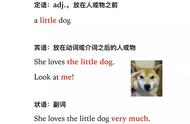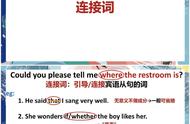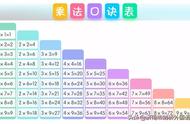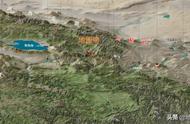三、当主句的谓语动词是order(命令),require(需要)等时,如果主句和从句的主语不一致,宾语从句可简化为“名词(代词) 不定式”结构。例如:
Our teacher ordered that we should finish our homework first. →Our teacher ordered us to finish our homework first.
四、有些动词后的宾语从句、可以用介词加动名词(短语)等其他形式简化。例如:
He insisted that he should go with us. →He insisted on going with us.
The poor boy doesn’t know when and where he was born. →The poor boy doesn’t know the time and the place of his birth.

五、某些动词后面的宾语从句可转化为“宾语 V-ing形式(作宾语补足语)”结构。例如:
He found that there was a wallet lying on the ground. → He found a wallet lying on the ground.
六、动词seem后的宾语从句,也可以用不定式(短语)来简化,但句型需要进行适当的变化。例如:
It seems that it is going to rain. →It seems to rain.

除上述方法外,还有一些特殊句式的转化。例如:
I found that it was difficult to learn English well. →I found it difficult to learn English well.
We found that the ground was covered with thick snow. →We found the ground covered with thick snow.
They found that the box was very heavy. →They found the box very heavy.
这三个例句是中考及各类考试的高频率考点,通常以同义句转换的形式出现,有时也出现在单项选择题中,考查主句和从句的时态。

以上这六种情况,有一些是大家比较熟悉的,只是不系统而已,把他们给大家整理归纳到一起,是为帮助同学们理清思路,方便同学们掌握,大家不用死记硬背,可以多读例句或者用所涉及到的动词造句子,学会了使用才是真正的掌握,
,














